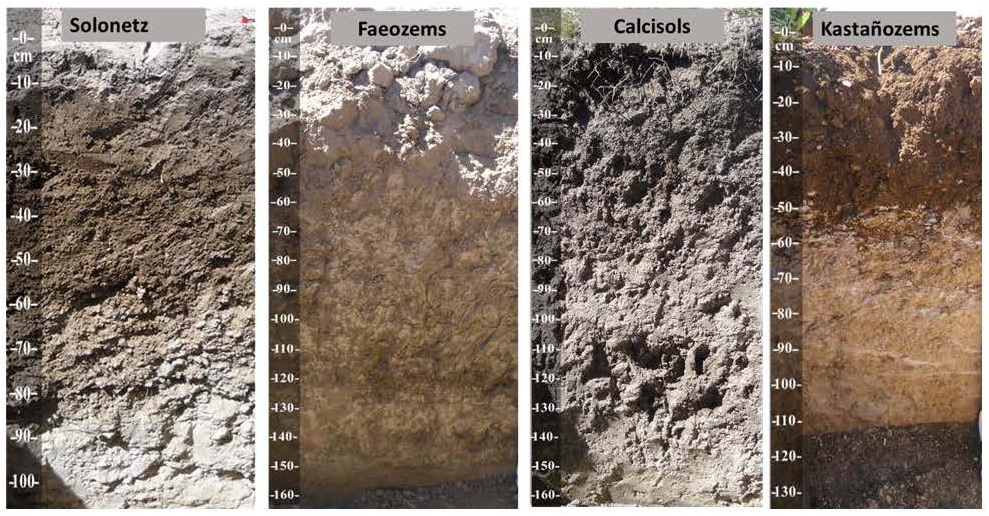Ethnoedaphological study of land use types associated with productive chains in the Ejido Santa Cruz Durango
DOI:
https://doi.org/10.28940/terra.v39i0.853Keywords:
irrigated agriculture, soil classif ication, barley, livestock, tillage, cornAbstract
The signing of the Treaty Mexico-United States-Canada (T-MEC) is intended to improve regional productive chains to promote the creation of a high number of merchandise and build economies of greater scale. However, on a regional scale, the productive chains have limitations, for example, not appreciating the structure in detail, capacities or articulations between them, which are key to taking the product from its origin to the final market. Ethnoedaphology analyses in a holistic and detailed way the knowledge that producers have of their lands. Therefore, the objective of this research is to determine the types of land use related to agricultural production chains through an ethnoedaphological study. This investigation was performed in the common land Ejido Santa Cruz de Guadalupe, Nombre de Dios, Durango. The producers were interviewed about their lands, management, yields and knowledge of productive chains. For each soil class, a modal profile and its edaphic properties were determined in the field and laboratory for its characterization and scientif ic classif ication with the World Reference Base (WRB). The producers recognized 14 land types, which were integrated into f ive reference groups (Kastañozems, Phaeozems, Calcisols, Solonetz and Regosols). The ejido has 48 types of land use that are described by the variables of major use (livestock, dry farming and irrigation); type of producer (owner or lessee); types of tillage (conventional, vertical or a combination of both); cropping system (mono- and polyculture and crop rotation), and the product obtained. In the ejido 11 crops are managed, of which only maize-silo and barley correspond to 100% of the productive chains, leaving aside other products such as beans and alfalfa. The ethnoedaphological study allows integrating knowledge from the beginning of production through the different types of land use to the f inal market, identifying in detail all the articulations of the productive chains of the study area.
Downloads
Publication Facts
Reviewer profiles N/A
Author statements
- Academic society
- Terra Latinoamericana
- Publisher
- Mexican Society of Soil Science, C.A.

















